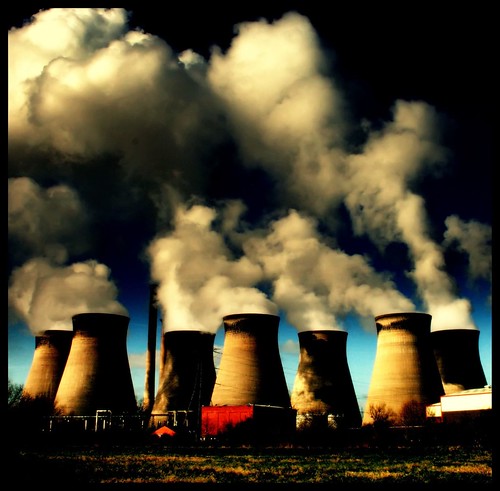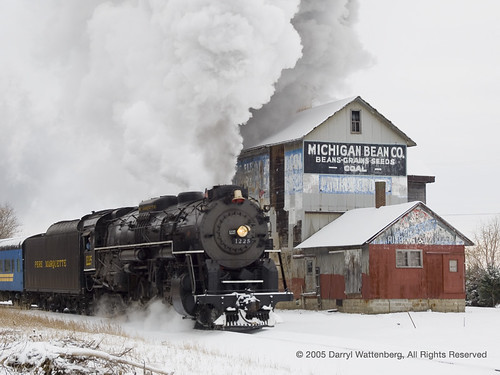 Nerman Museum at Night, originally uploaded by _ww
Nerman Museum at Night, originally uploaded by _ww
When the new Nerman Museum of Contemporary Art opens to the public Oct. 27, it may not have the architecture critics turning somersaults.
Artists and art lovers, on the other hand, have something to celebrate in architect Kyu Sung Woo’s quiet minimalist structure of white limestone and glass at Johnson County Community College.
…
Woo’s design — a rectangular box that projects diagonally from another rectangular box toward the intersection of College Boulevard and Quivira Road — will let them shine.
Galleries defined by big walls and right angles and proportioned in accordance with the so-called golden mean or golden ratio are ideal for displaying large paintings and playing the straight man to unruly sculptures and installations.
Kansas City is becoming quite the museum town with the Nerman Museum and the Nelson Atkins Museum Bloch Building by Steven Holl opening in the last year. Check out A Daily Dose of Architecture and Photos on Flickr for more photos.






